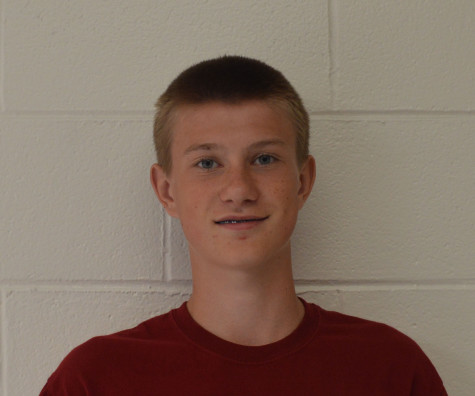Kaneland Knights track continues to create a successful legacy
May 19, 2014
Track is one of the most historic and successful sports in Kaneland, founded along with the opening of the school in 1959. These 55 years have seen many changes to the sport and the traditions at Kaneland.
Only boys ran in the first years of Kaneland track. The runners had no official track and practiced on the grass fields surrounding the school. In the summer of 1960, the school got a brand new track where it stands now. Cinders, small bits of gravel, made up the first surface.
After the Knights won state in the spring of 1975, the track was resurfaced that summer to an all weather rubber surface. Since then the surface material has remained the same, but has been refinished three times.
Spikes have adapted to follow the running surface. Early spikes were one inch long with a leather upper body so they could dig into the cinders to catch a grip. Modern spikes are 1/8 inch pyramid or cone shaped on a lightweight cloth upper body. Many spikes have holes in the tongue or do not fully cover the heel to save weight.
Girls track started in 1974; Jill Holmes was the first head coach. She coached for the first season and the folowing season Pat Sheets coached. Sheets remained the head coach untill about five years ago. Doug Ecker is the current head coach; before becoming the head, he coached for 28 years. Girls track had major differences from boys, although over time the two have become more similar.
Major parts of the sport have been changed; runners were timed with hand timers, not modern FAT (fully automatic timing). Hand timers are still used for smaller meets and informal timing. The state meet changed to FAT in the early 1970’s. Kaneland has an FAT timing system that was donated by sports boosters.
The most obvious change in track is the measure of distances. All events were measured in yards, not meters. Events have also been added and removed as the sport evolved.
The decathlon is no longer an event, even though it remains in college and olympic contests. Also the 3200 meter relay was added to join the 3200 meter run and the triple jump was added in 1974.
Girls events included the medley relay although boy’s events didn’t. It is made up of 100, 200, 400 and 800 meter runners per team for a final distance of 1500 meters. Modern meets do not include the medley relay. The Lady Knights did not have triple jump until 1981, nor did they compete in pole vault until the early 1990’s.
High jump has evolved tremendously; athletes used to jump into sand. The Knights then made a “pit” which is a landing space for the jumpers. The pit was made of foam rubber stuffed into gunny sacks (cloth sacks), all tied together. Kaneland jumpers now use a specifically made foam rubber pit for high jump.
The pole vault pit has also changed dramatically. In 1967, the Knights first used a “cloud 9” which is a giant bag that has a fan on one end of it to blow air into it. Vaulters would safely land onto the bag, with the air slowing their fall. 2014 vaulters now use a foam rubber pit similar to a high jump, except thicker and specially shaped. Sports boosters have recently donated new poles and a complete pit to Kaneland.
Through the years, Kaneland has done an excellent job at the state meet. In both 1975 and 1977, the Knights took first place. Kaneland has also taken second place three times and third place twice. Kaneland has placed top ten at the state meet 12 times. The most recent boys state placement was the 2013 season when the Knights finished in sixth including a state championship in the 4 by 800 meter relay.
The Lady Knights won two state championships in 1987 and 1988. They have also placed in the top ten four other times. In 2009 the Lady nights placed ninth at the state meet.
The jerseys below are all of the jerseys that have been worn by the boys track team, excluding the jerseys above which are the Knight’s first jerseys. The jerseys in the timeline are modeled by current track athletes. The Knights use the 1971 jerseys for the county meet each year. The team also does not use one jersey for regular meets. Runners wear differemt jerseys, not in any specific order.




